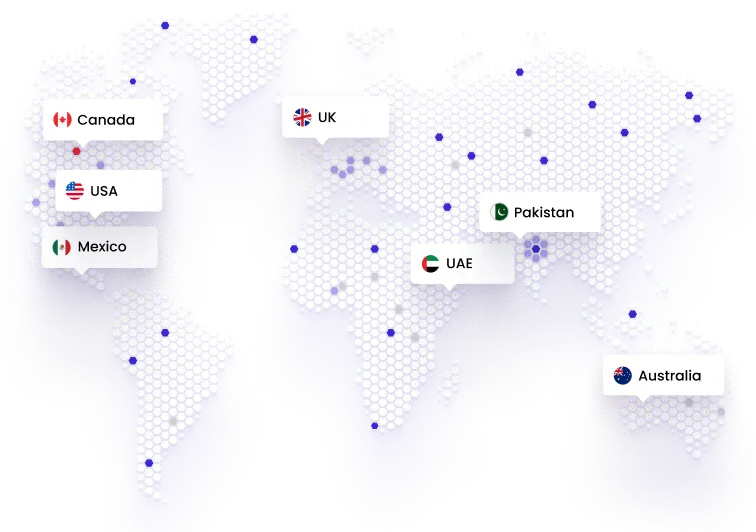HL7 & FHIR Integration Services for EMRs & Healthcare Platforms
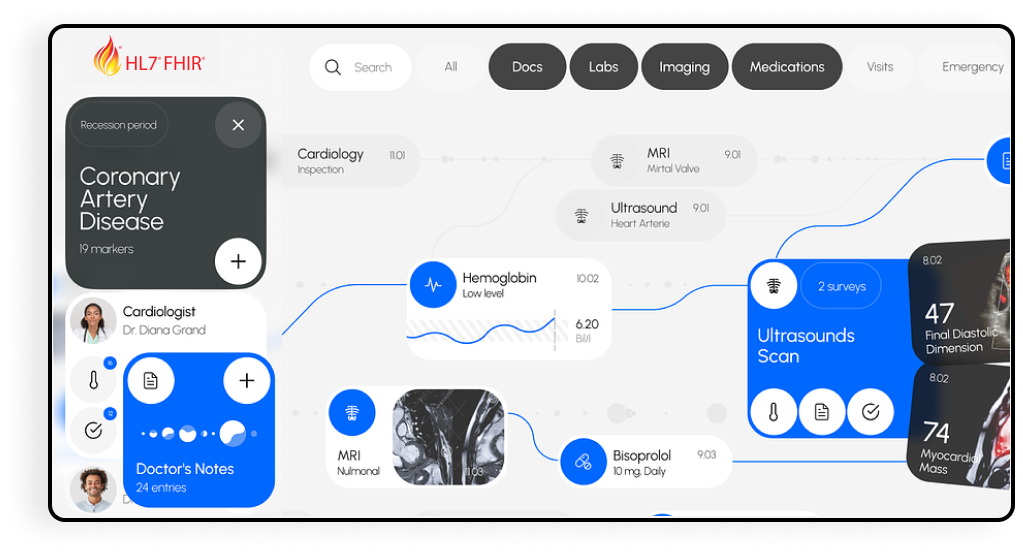
Trusted By
Enterprises & Startups





Comprehensive Suite of HL7 & FHIR Integration Services
Reliable Cerner HL7 Integration Services
- Our Cerner HL7 integration services enable healthcare organizations to view real-time patient information that improves care coordination, this becomes possible via data exchange between Cerner and other healthcare systems flows flawlessly.
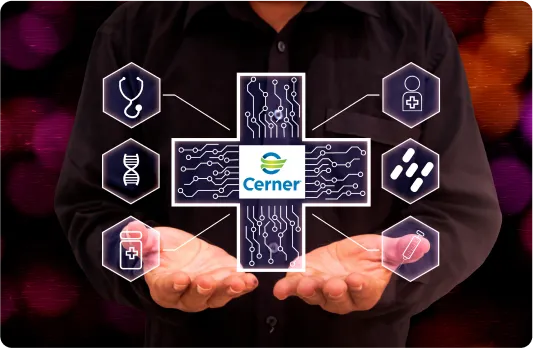
FHIR Integration Services for Modern Healthcare Systems
- Move towards more patient-centered approaches by embracing our FHIR integration services for fast, secure, and scalable solutions for modern healthcare platforms like mobile health apps and patient portals.
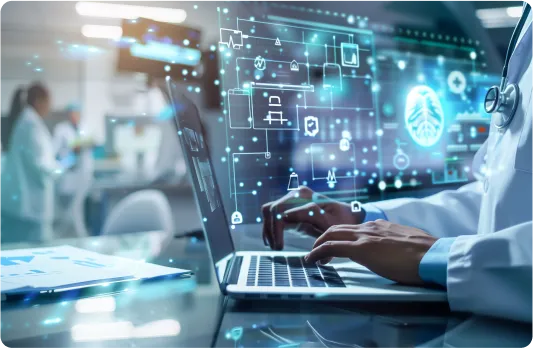
End-to-End HL7 Integration Services
- Manage healthcare data across various modules seamlessly with our HL7 integration services. These customized solutions improve interoperability, making workflows efficient between other EMR systems.
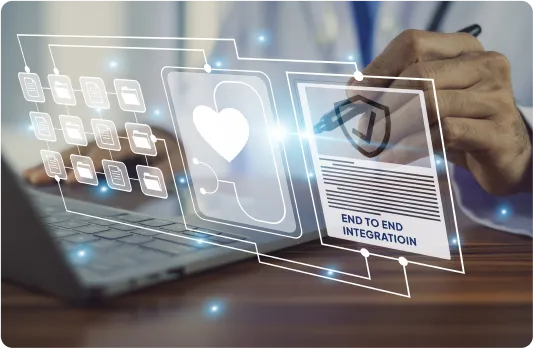
FHIR Integration Services for Modern Healthcare Systems
- Move towards more patient-centered approaches by embracing our FHIR integration services for fast, secure, and scalable solutions for modern healthcare platforms like mobile health apps and patient portals.

HL7 FHIR Integration Solutions
Integration of Data Formats

Integration of Data Formats
Integration of Disparate Healthcare Systems
 Integration of Disparate Healthcare Systems
Integration of Disparate Healthcare Systems
Integration of Communication Protocols

Integration of Communication Protocols
Parsing & Data Mapping Management
 Parsing & Data Mapping Management
Parsing & Data Mapping Management
Viewer Programming & Interface Messaging

Viewer Programming & Interface Messaging
Suite of Software Integrations for Healthcare Organizations
EMR/EHR Software & HL7/FHIR Integration
- Accurately transfer patient data between systems with our FHIR EMR integration and HL7 integration services to improve patient care, operational efficiency, and compliance.
Radiology Information System (RIS)
- Connect your radiology information with any healthcare platform through our RIS integration solutions for smooth and efficient workflows between radiologists and healthcare providers.
Anatomic Pathology Systems (AP)
- Ensure accurate data transfer between pathology labs and healthcare providers by using our specialized integration of Anatomic Pathology Systems (AP) with EHRs and other platforms.
HL7 Third-Party Implementations
- Connect with external vendors or third-party healthcare applications with our HL7 third-party implementation services and establish seamless communication with external systems.
Practice Management Systems (PMS)
- Make administrative tasks convenient for your staff as our PMS integrations allow for effective management of patient scheduling and billing that later reduces errors and improves workflow efficiency.
Personal Health Records (PHR)
- Enable patients to access their personal health data by integrating PHR systems with your EMR/EHR platforms for better patient engagement and improved care coordination.
Hospital Information Systems (HIS)
- Better manage hospital information from patient records to staff allocation with our HIS integration that enables seamless data exchange between your existing systems.
Laboratory Systems (LIS)
- Our LIS integration enables seamless data exchange between lab systems and hospital EHRs, providing clinicians with real-time access to lab results.
HL7 Health Data & Management System (HDMS)
- Manage and store health data across systems to maintain accuracy, security and compliant data handling with our HL7 HDMS integrations.
Benefits You Get Through FHIR HL7 Integration Services
Real-Time Data Exchange for Improved Patient Care
Access the updated information to make decisions faster, ultimately improving patient outcomes.
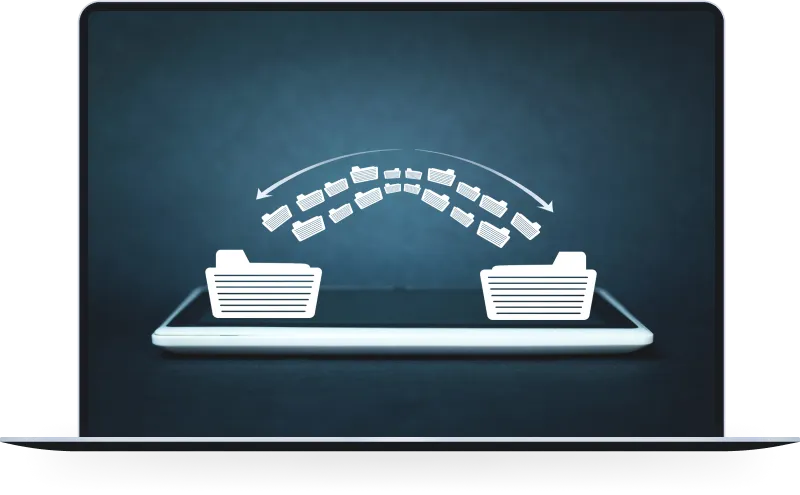
Reducing Manual Errors with Automated Processes
The HL7 FHIR integration software automates the process and helps you avoid errors that cause costly mistakes, leading to perils in patient care.
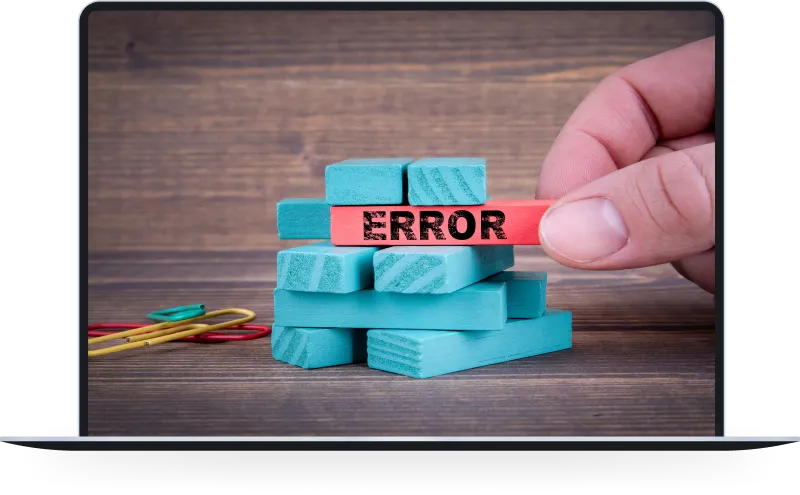
Compliance with Healthcare Data Standards
Make your multi-systems communicate with each other seamlessly, including your EMR, EHR, lab, and billing platforms.
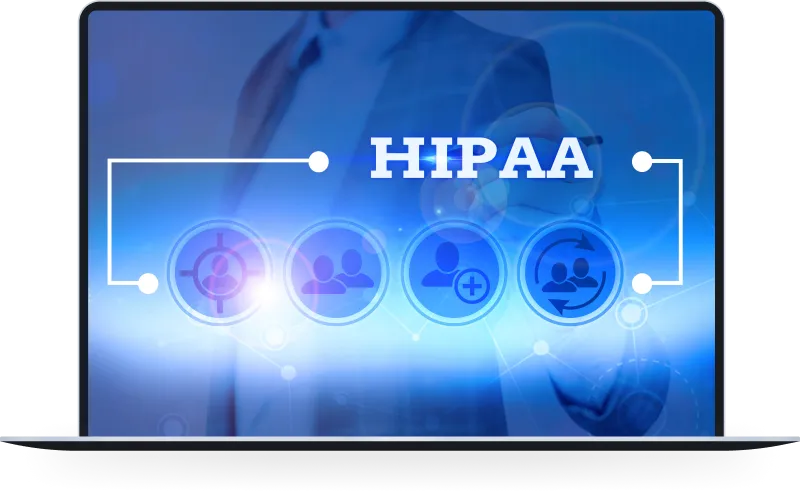
Interoperability for Multi-System Connectivity
Make your multi-systems communicate with each other seamlessly, including your EMR, EHR, lab, and billing platforms.
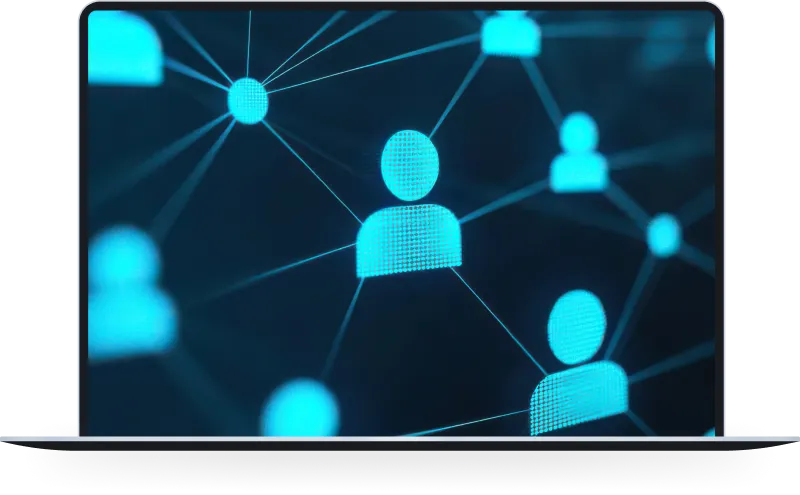

Success Stories in Compliant Healthcare Data Exchange
Streamlining PCR Test Reporting with HL7 Integration Software
During COVID-19, a large diagnostic lab sought submissions of PCR test results to the state authorities in large volumes, but the process seemed time-consuming and labor-intensive due to the involvement of manual work. A tailored HL7 engine was deployed that automated Electronic Lab Reporting (ELR).
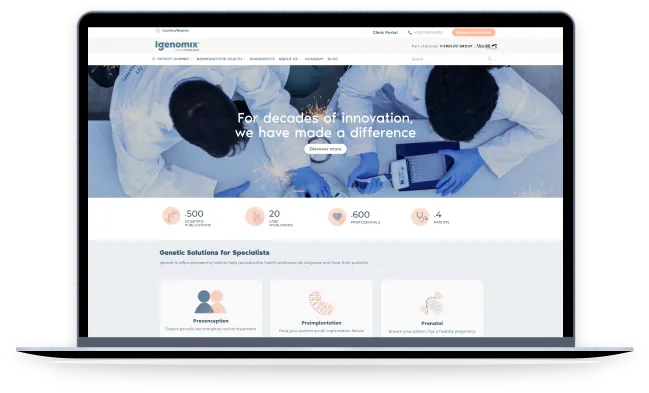
Optimizing Outpatient & Inpatient Task Management with Referral Portal Integration
A healthcare provider struggled to manage tasks across multiple referral portals and their EHR system. We developed a middleware dashboard to connect these systems, automating data flow between them. The solution improved workflow efficiency and reduced manual data entry.
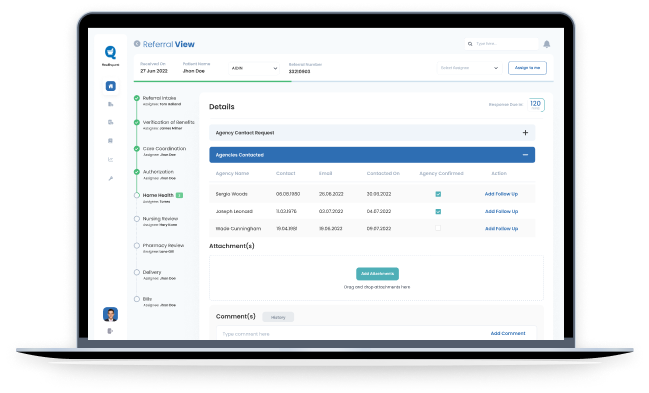
Our Clients Speak Volumes About Our Work
Kudos to your team for outstanding work in the discovery phase! Your team understood our business and workflows by asking the right questions and extracting the most useful information. Your team's ownership and results-oriented approach are commendable.

Shaukat Zakaria
CEO at HealthQuest
I appreciate your remarkable work during the recent Laboratory service phase. Your determination, analytical thinking, and continuous efforts were crucial in overcoming challenges and achieving success. I appreciate your help as we collaborate to create fantastic items.

Maker Athian
Founder at iVision
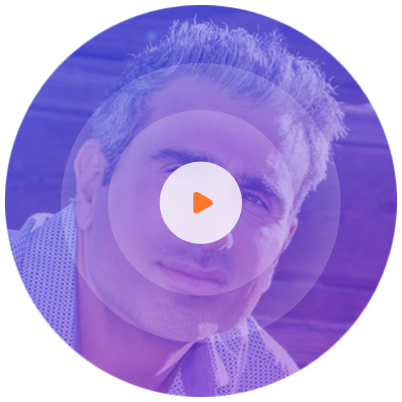

Omar Ali Midani
Co-Founder and President at PureLife Dental
Working with the folio3 team has been a great experience. Your dedication, creativity, and adaptability in overcoming challenges for the Moodology app project are truly commendable.
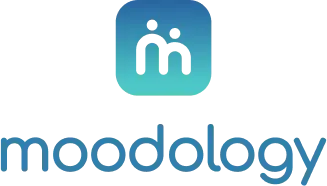
Azhar Ali
Director At AiGenics


Justyna Wilson
Senior Director eCommerce and Marketing at face reality Skincare
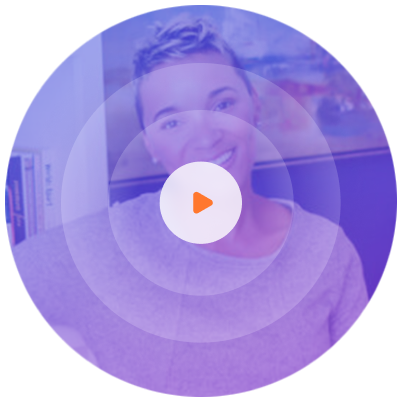

Tracey Hawkins
Founder and CEO at Thriving on the Spectrum, LLC
Team Folio3 brought my dream app to reality, they explained every step to our non technical team professionally. wireframe and design processes were outstanding & they built stunning and perfectly integrated application. I think both patients and clinic will be significantly benefited.

Elizabeth Miazga
MD FRCSC at Saint Michael's Medical Center
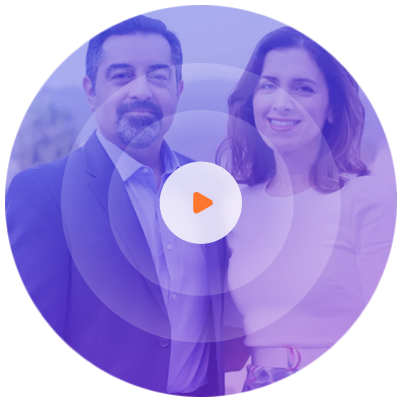

Dean and Ayesha Sherzai
Founders of The Neuro Plan
Resources & Blogs
Get in Touch
